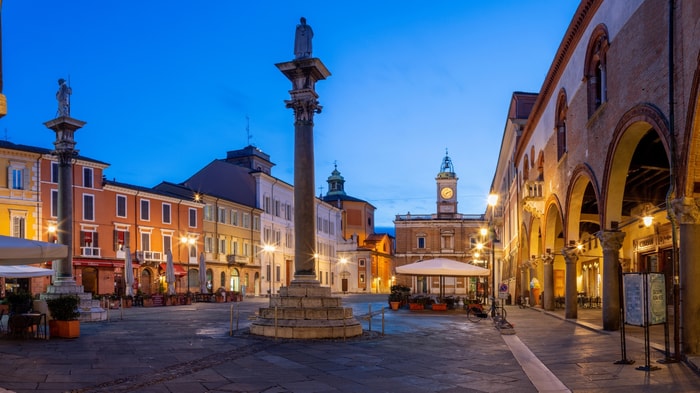7 Night Greece & Adriatic

There’s no such thing as too much adventure on the thrill-filled Explorer of the Seas®.
Leaving from:
Ravenna
Cruise ship:
Explorer of the Seas
Visiting:
Ravenna •
Kotor •
Kotor •
Piraeus •
From
Price shown provided by:
Royal Caribbean International
North American cruise line Royal Caribbean International has an impressive history and global reputation.
The cruise line is famed for its fleet of mega-ships, which consist of Utopia of the Seas, Wonder of the Seas, Harmony of the Seas and more.
Each ship is full to the brim of thrills and entertainment, with the cruise line continuing to innovate.
4290
Passengers
1185
Crew
2000
Launched
2020
Last refit
137308t
Tonnage
311m
Length
48m
Width
22kts
Speed
14
Decks
USD
Currency
Cruise Itinerary
Day 1
Ravenna, Italy
Days 2 - 2
Kotor, Montenegro
Day 4
Piraeus, Greece
Day 5
Santorini, Greece
Day 7
Split, Croatia
Day 8
Ravenna, Italy

Day 1
Ravenna, Italy

Days 2 - 2
Kotor, Montenegro

Day 4
Piraeus, Greece
Day 5
Santorini, Greece
Day 7
Split, Croatia

Day 8
Ravenna, Italy
Ship Details

Royal Caribbean International
Explorer of the Seas
There’s no such thing as too much adventure on the thrill-filled Explorer of the Seas®.
Cabins
All Prices
